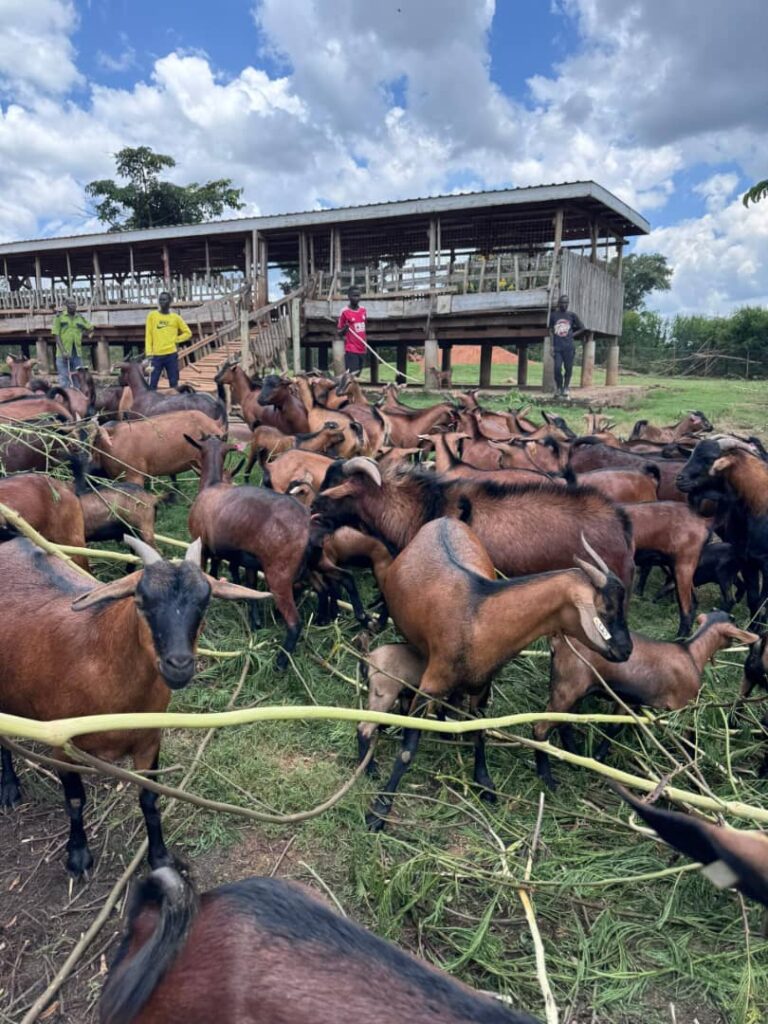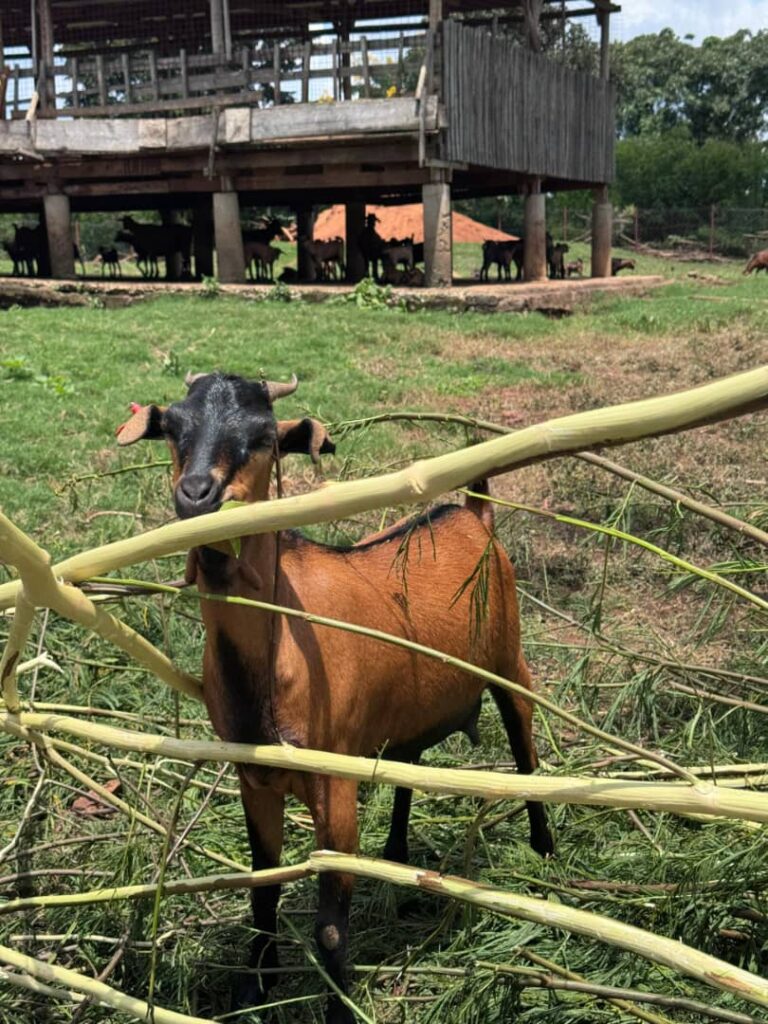
For years, Ugandan goat farmers, driven by the desire for increased productivity, have pursued crossbreeding, importing expensive exotic stocks from distant lands like Southern Africa, the UK, and Switzerland.
The promise was higher yields of meat and milk. Yet, for many, especially the smallholder farmers, this endeavor has proven a costly and unsustainable gamble. The imported crossbreds demanded a level of rigorous and costly management that was simply beyond their means. For larger commercial operations, the high maintenance expenses eroded profit margins, negating any perceived benefits.
As revealed by Gross Margin Analysis studies from NAGRC&DB scientists, these crossbreeding programs yielded economic returns no better than those achieved by focusing on the local indigenous breeds.
This realization prompted a revolutionary new direction for the National Animal Genetic Resources Centre and Data Bank (NAGRC&DB). At its Kasolwe Stock Farm in Kamuli District, a dedicated team of scientists embarked on a journey to harness the untapped potential of Uganda’s indigenous goats.
Through years of systematic selective breeding, the scientists, in collaboration with private breeders from Kamuli and Buyende Districts, have developed a breed perfectly suited to the local environment: the Kasolwe Brown Goat.
This dispersed nucleus breeding scheme has culminated in a foundation stock of over 500 goats that breed true to their unique phenotypic characteristics. The result is a truly resilient and high-performing breed, one that promises not just to meet, but to exceed the demands of the market while remaining accessible and affordable for the very farmers it seeks to empower.
The Kasolwe Brown’s impressive productivity and hardiness are its defining features. Boasting exceptional twinning rates and a rapid growth rate of up to 127g per day, it offers farmers a path to significantly and quickly expand their herds. Its resilience to common diseases like Haemonchosis and Heart Water, which typically plague local goat populations, means lower veterinary costs and fewer losses.

This combination of high prolificacy and resistance to disease makes it a superior choice for smallholder farmers operating in often challenging marginal environments across Uganda and Sub-Saharan Africa.
The breed’s distinctive physical traits are a testament to its genetic strength. Characterized by a shiny, dark brown coat that resists parasites, a prominent black mane, sturdy limbs for navigating difficult terrain, and large udders capable of nourishing multiple kids without extra supplements, the Kasolwe Brown is built for success.
With adult females reaching up to 65kg and males up to 75kg, and kids achieving a robust 12-15kg weaning weight in just three months, its superior genetics are evident.
Rigorous comparative trials have confirmed the Kasolwe Brown’s exceptional performance. Scientists at NAGRC compared it against several other breeds, including the Savanah, Boer, Mubende, Kigezi, and Kalahari.
The results consistently demonstrated the Kasolwe Brown’s superior performance in key productivity metrics, including twinning ability, disease resistance, weaning percentage, and adaptability.
This outstanding performance positions the Kasolwe Brown not merely as a new breed, but as a potential national flagship, ready to transform Uganda’s goat farming industry and create a competitive edge in regional and international markets.
To protect these valuable traits from dilution by uncontrolled crossbreeding, NAGRC&DB has forged a strategic partnership with Makerere University and the Roslin Institute. This collaboration utilizes cutting-edge genetic sequencing and genotyping to identify and preserve the novel gene adaptations responsible for the breed’s environmental tolerance and robust immunity.
These invaluable genetic resources will be conserved in NAGRC&DB’s national and regional gene banks, ensuring their availability for future generations.
The rollout of the Kasolwe Brown is a community-driven effort. Daniel Epinyu, manager of the Kasolwe Stock Farm, notes that the foundation stock is ready for dissemination. Through a partnership with Kasombereza Farm Solutions, the “Kasolwe Goat Breed Society” is being established to oversee the multiplication and distribution of this breed to farmers nationwide, ensuring widespread access and fostering enterprise development, food security, and improved livelihoods.
Testimonials from early adopters reflect the breed’s tangible impact. Farmers like Mr. Tefula and Mrs. Kamaali report rapid herd growth and profitability, while farmer Mutiibwa highlights the significant reduction in veterinary costs. These accounts underscore the breed’s transformative potential.
As NAGRC&DB’s technical manager of production, Dr. Ssengoye Gordon, describes it, this goat is a “game changer.” Dr. Katali Benda, head of the goat breeding program, adds that the Kasolwe Brown is a vital national resource, with more locally developed breeds on the horizon.
This effort, supported by scientific innovation and strong farmer engagement, promises to establish Uganda as a hub for sustainable livestock development and a net exporter of superior goat genetics across Sub-Saharan Africa.
The local community in Kamuli, proud of their contribution to this innovative project, already recognizes the breed’s high value, evidenced by the need for armed guards to protect the breeding stock. The Kasolwe Brown is more than livestock; it is a symbol of self-reliance, innovation, and economic empowerment for rural Uganda.